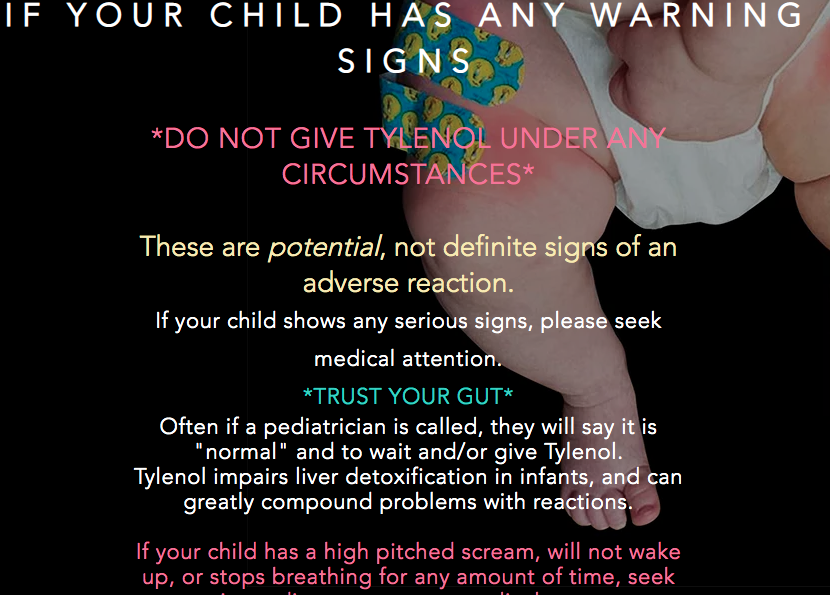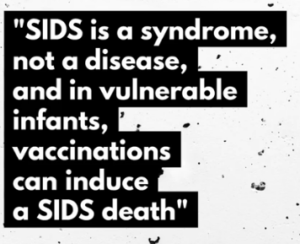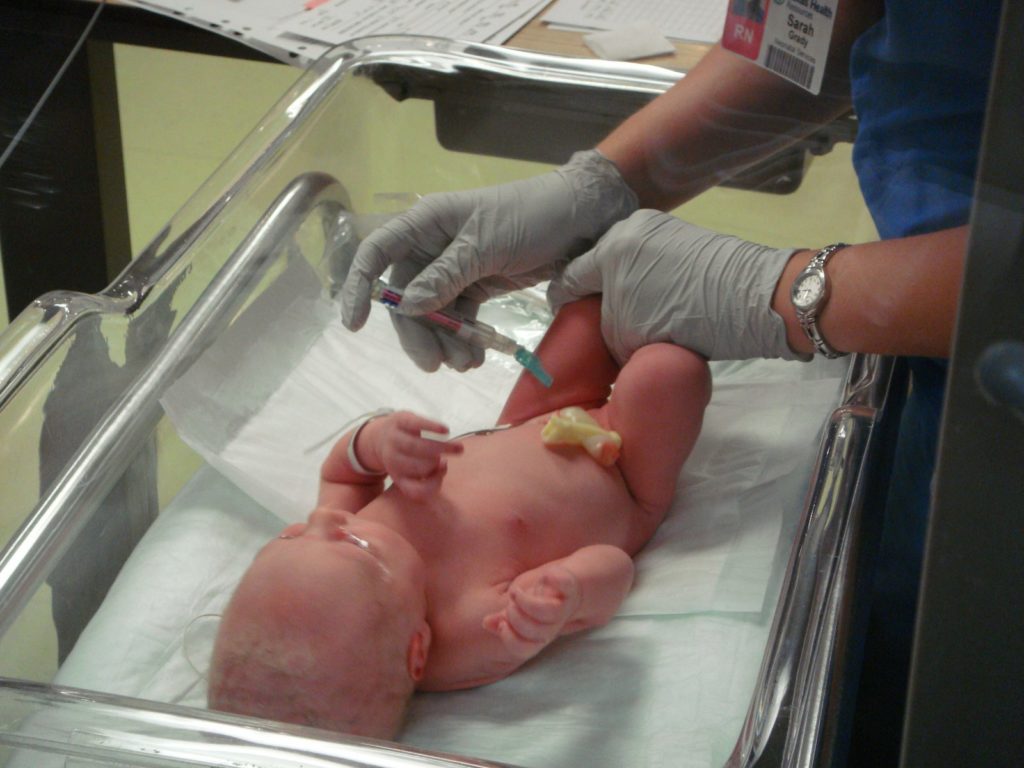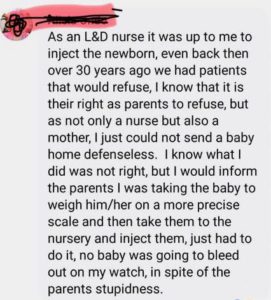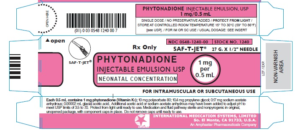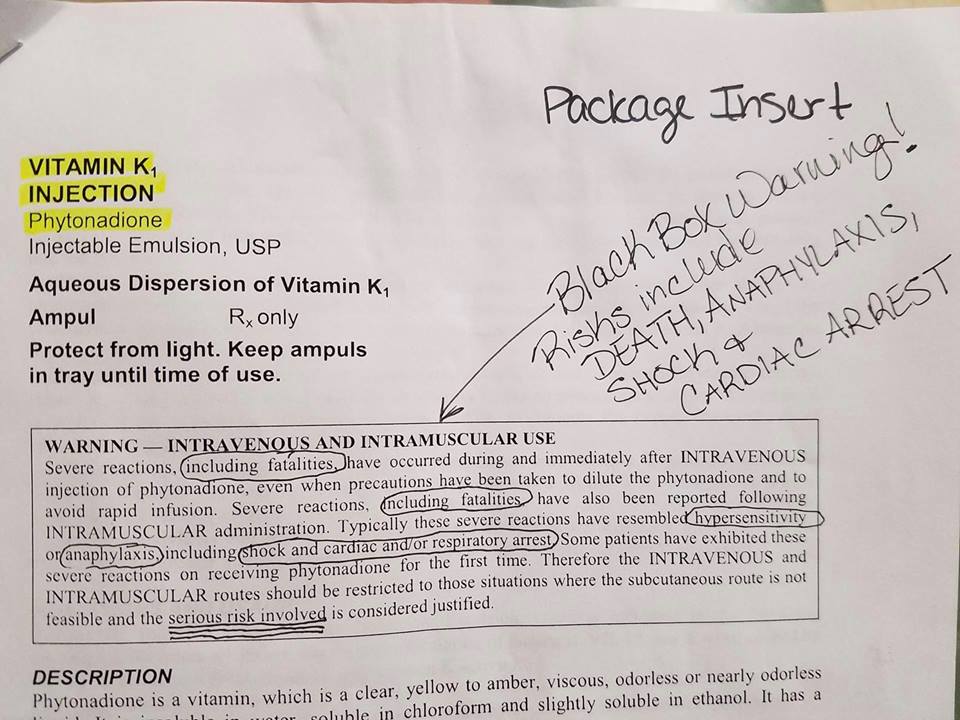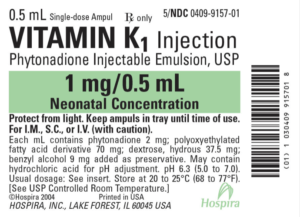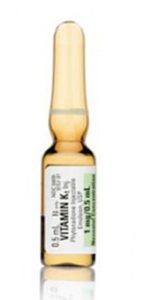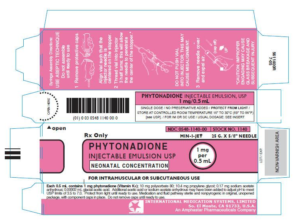
I have absolute confidence in your body’s ability to grow a baby, birth a baby, and breastfeed a baby! You’re doing great! God created your precious baby and knows him/her well already! There was a divine spark that ignited life in you and is now growing in you!
I recently saw this list of questions to ask midwives and thought it was a fairly good list but got me thinking about the most important questions pregnant parents should ask. I would modify some of the questions so that they require more than a yes/no answer.
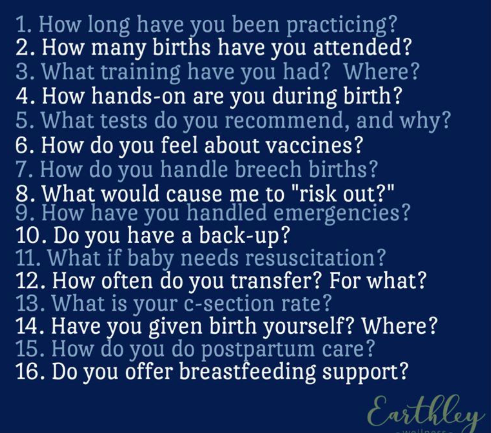
One question I would add – at the top of the list is “Describe the cord clamping process”. Many ‘standard’ practices of birth are widely accepted by midwives. Midwives were once the guardians of natural respectful birth but have become indoctrinated with medical training in a similar way as doctors. Not all midwives have the same outlook on standard procedures around birth which makes it important to know what to ask about. Some examples:
Pregnancy
TDaP & flu vaccines routinely recommended during pregnancy have never been safety tested, yet because CDC recommends them for every woman for every pregnancy – no matter when they had the last shot – midwives go along with suggesting or recommending them. This recommendation has only recently been implemented – from around 2008 or so. Before that EVERYONE understood vaccines in pregnancy were a very bad idea. I’ve got a few blogs about these. Moms can absolutely refuse. Politely refuse.
Rhogam during pregnancy. This shot has caused a lot of problems for some individuals related through VaxXed story videos. Many times the blood type of the father is not even considered. If both mom and dad are rH – there is no need for a Rhogam shot either during pregnancy or after birth. I admit I haven’t fully researched the impact of refusing Rhogam for after birth when a baby is rH positive. I just accepted that when my first two babies were born, tested to be + and I got the shot – after the birth. The only ‘danger’ or risk of refusing the Rhogam after birth is going to be for the next pregnancy/baby. If mom is rH negative and baby is rH positive some of the blood may have mixed during the birth process which would cause mom to produce antibodies in the next pregnancy. It will not impact the current baby. There are health risks for mom that are generally not presented when the shot is recommended. Rhogam contains polysorbate 80 which is known to open the blood brain barrier.
During Birth:
- What type of monitoring is done during labor?
- What kind of movement will be possible for me during labor?
- How do you encourage movement?
- Under what circumstances would you want to restrict movement?
- What type of water birth options are available?
- At what stage of labor is a birthing pool encouraged?
- What position do most of your moms give birth in? This is a good question because it reveals the reality of what happens – not just what they say they believe in. Standing, squatting, (my third baby) or kneeling over a chair (that’s how you, #4, were born) allow the fullest opening of the pelvis for easier delivery. Lying on a bed restricts the pelvis – my first two babies.
After birth:
- Vitamin K. Most facilities routinely administer vitamin K nearly immediately after birth – sometimes without even asking the parents or thinking twice about it. I’ve got a few blogs about Vitamin K. Knowing what I know I would always refuse vitamin K injections, but staff are often misinformed and very pushy about this. If the staff are pushy I would have vitamin K drops on hand and assure them the drops will provide even better protection. I don’t think the drops are necessary to give, but they provide a great protection from pushy medical people. Dr Suzanne Humphries speaks to the details of vitamin K injections and drops in a video on my blog.
- Hepatitis B vaccine on first day of life. This is one of the worst vaccines. I’ve written extensively about it. Hepatitis B vaccine is never necessary, especially when mom is negative for hepatitis B, yet so many medical people push it as if it is life-saving.
- ‘Eye goop’. Standard policy for all babies to protect against blindness possibly caused by STI in the vaginal canal. It burns baby’s eyes and causes them to keep them closed which can interfere with bonding.
- Bath. Timing of the first bath. Many people feel delaying a bath is better for baby. The vernix is good to soak in the skin. Any mess can simply be wiped off.
- Delayed Cord clamping is HUGE. Quick cord clamping greatly reduces baby’s total blood volume. 1/3 of baby’s blood is still in the cord. Some birth attendants think they delay because they wait one minute. The cord needs to be allowed to give all the residual blood and STEM CELLS to the baby. Some say 10 minutes, some say until the cord stops pulsating, and some do ‘lotus’ birth where they don’t ever cut the cord but keep the cord and placenta attached for days until it naturally falls off!
- Ask ‘what happens to my placenta‘? That’s another good question. Many women want to keep their placenta. Some prepare it and capsulize it and find it a wonderful supplement for the months following birth. I never did that, but your SIL did.
All standard procedures can be refused – but navigating the process can be challenging depending on the staff, their beliefs, and their respect for you. Many babies ‘accidentally’ are given shots that the parents have expressly stated they do not want. The best approach for this is to keep the baby in your arms – mom or dad or baby body guard (BBG) – at all times while in the medical facility. If baby needs anything the nurse will sometimes say “I need to take baby to nursery for ….” a BBG must accompany nurse for all such visits.
Medical people hate to be disrespected. The hardest part of navigating birth is the need to be ultra respectful and polite while standing your ground! Information, research, and knowledge will all give you the kahoonas to manage this process. Having respect for ridiculousness is not my strongest character strength, but I keep trying to learn and put it into practice.
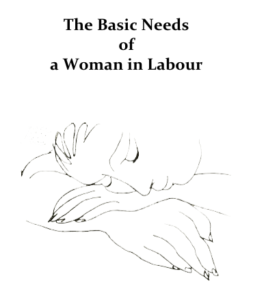
I highly recommend a very short booklet called Basic Needs of a Woman in Labor. Understanding these principles truly make labor go easier, faster and better. You can order an electronic copy with any small donation.
Birth Without Fear: the judgment-free guide to taking charge of your pregnancy, birth, and postpartum by January Harshe published in 2019 looks like a great read.
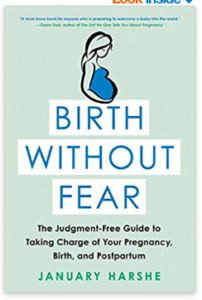
I repeat, I have absolute confidence in your body’s ability to grow a baby, birth a baby, and breastfeed a baby! You’re doing great! God created your precious baby and knows him/her well already! There was a divine spark that ignited life in you and is now growing in you! My hope is that you would not have any fear at all, but feel empowered for this process.
Love Mom

Becky Hastings, wife, mother, grandmother, passionate follower of Jesus and truth. As a breastfeeding counselor for over 23 years Becky is devoted to helping parents make wise decisions for the long-term health and wellbeing of their babies. As a member of a Vaccine Safety Education Coalition, Becky writes and speaks on the topic of vaccine safety.



